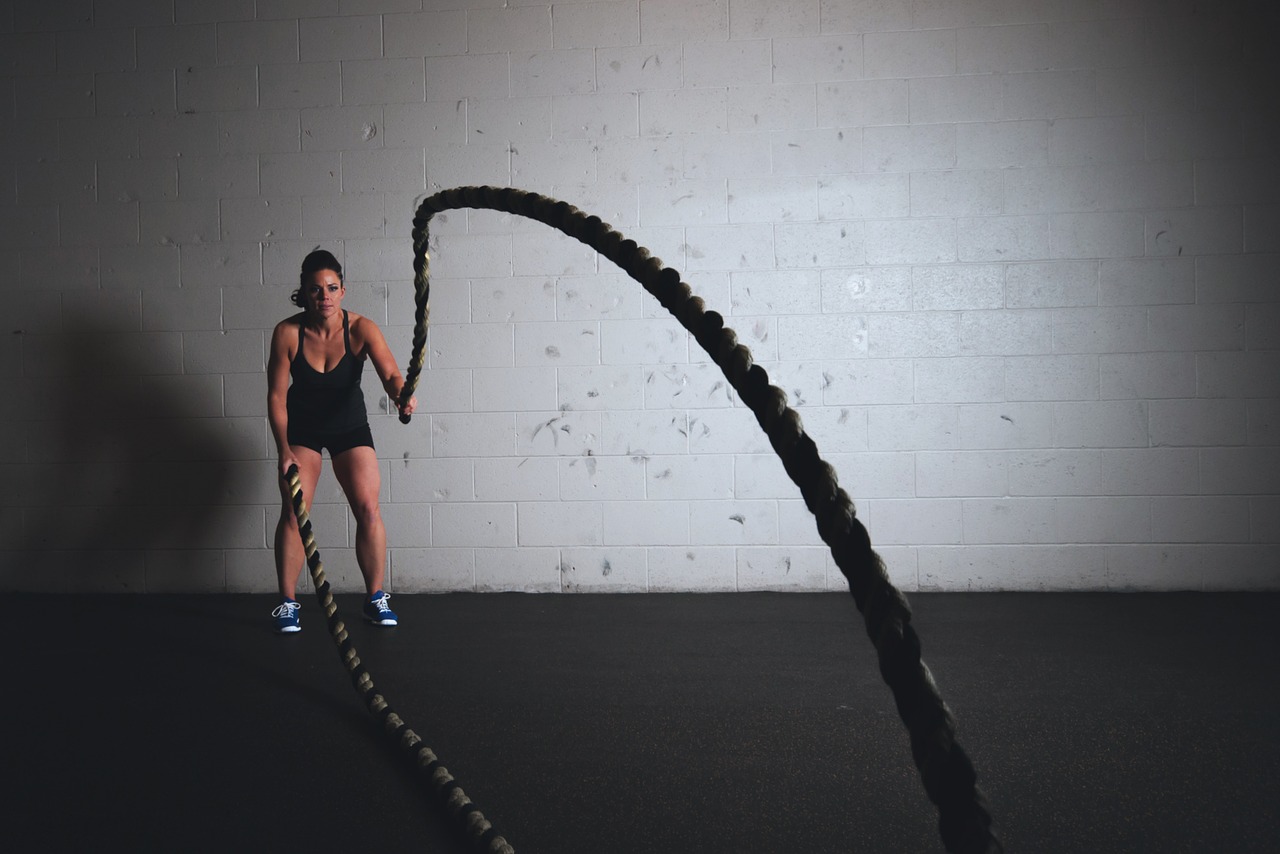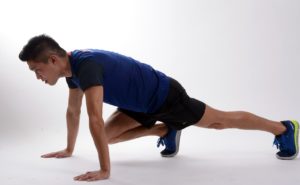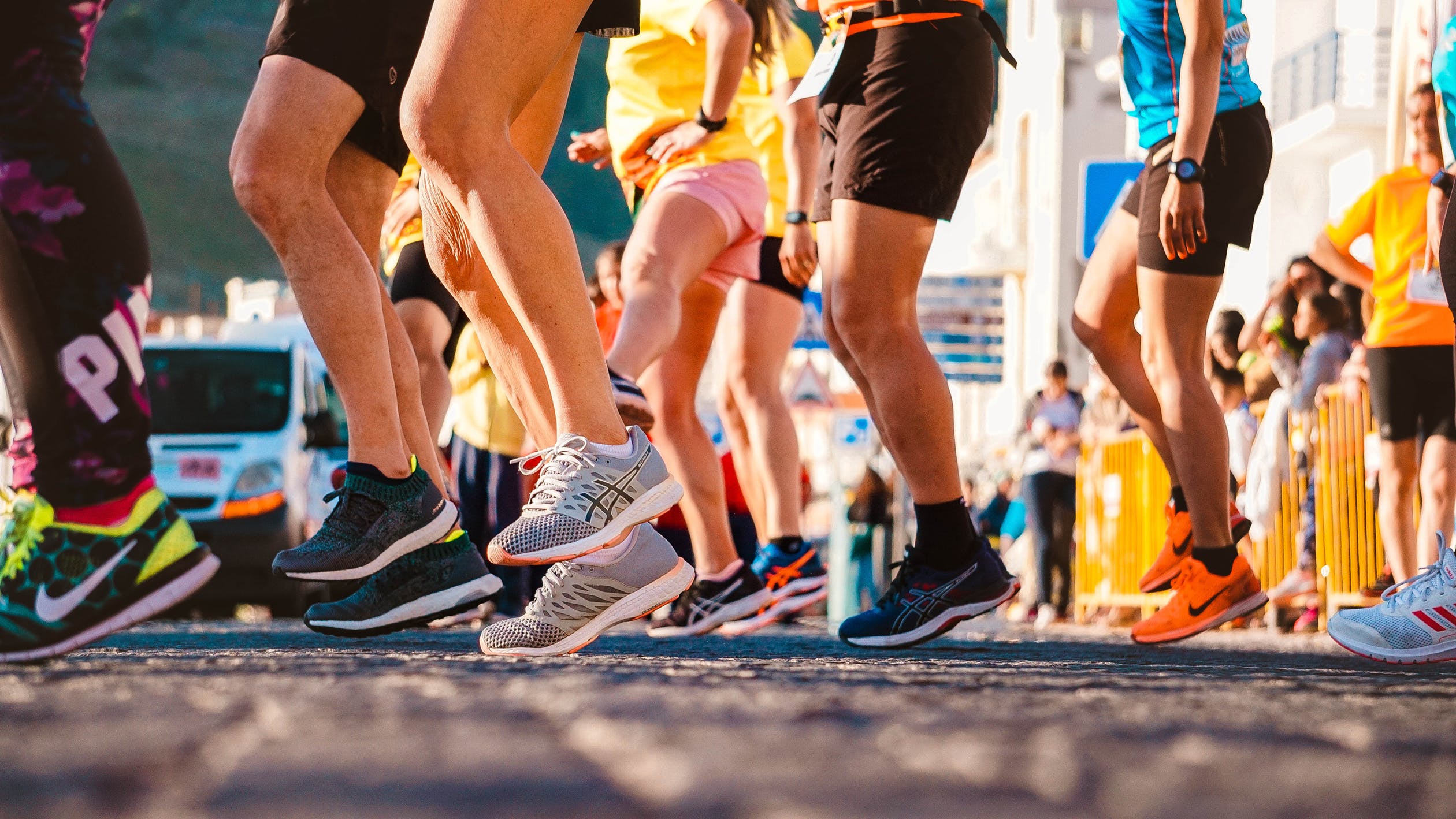Strengthen Your Bones: 8 Weight-Bearing Exercises
What are good exercises for improving bone health with osteoporosis? Weight-bearing workouts can help make your bones stronger. Make sure to talk to your doctor to pick a safe workout for you. Then, you can try out these popular exercises!
Tai Chi
Tai chi, which involves slow, graceful movements, can help improve coordination and strengthen bones. A study mentioned in Physician and Sportsmedicine discovered that tai chi might slow down bone loss in postmenopausal women. Those women who practiced tai chi for 45 minutes each day, 5 days a week for a year, had a bone loss rate that was up to 3.5 times slower compared to those who didn’t do tai chi, as shown by bone mineral density tests.
Yoga
A study in Yoga Journal discovered that women who regularly practiced yoga had stronger bones in their spine. Whether you prefer the slow and precise Iyengar style or the more energetic ashtanga, yoga can help strengthen the bones in your hips, spine, and wrists, which are the most likely to break.
Standing poses such as Warrior I and II strengthen the big bones in your hips and legs, while poses like Downward Dog strengthen your wrists, arms, and shoulders. Moves like Cobra and Locust, which focus on the back muscles, can also help keep your spine healthy. Yoga improves your balance, coordination, concentration, and body awareness, which reduces the risk of falling.
Brisk Walking
This traditional exercise is excellent for improving bone health. A study on nurses showed that walking for 4 hours a week reduced their risk of hip fractures by 41% compared to those who walked less than an hour a week. It’s best to walk briskly, but you can adjust your pace to your fitness level. Walking is free and can be done anywhere, anytime, even while traveling.
Golf
Carrying a golf bag while playing 18 holes and swinging the clubs works your upper body a lot. Walking and searching for lost balls in rough areas also give your hips and spine a good workout.
Dancing
Even if you’re not a great dancer, you can still enjoy social dances like the waltz, tango, salsa, samba, or East coast swing. You could also try a gentle adult ballet or jazz dance class. Another option is Zumba or a similar dance-inspired aerobics class at your gym. Many of these classes now include strength training along with dance or step moves, which can also improve your balance.
Hiking
On your next hike, you’ll be out in nature and doing low-impact weight-bearing activity. This means your bones will benefit from the pressure and impact when your feet touch the ground, especially in your hips. If you’re going uphill or downhill, you’ll get even more impact, which is good for your bones. Plus, hiking is usually interesting, so you won’t get bored. You can join a hiking club and explore new places with others.
Racquet Sports
Playing sports like pickleball, tennis, squash, and paddle tennis can boost your bone density. When you hit the ball, you’re putting stress on your racquet arm, wrist, and shoulder. Plus, all the running around works your hips and spine. If you play singles, you’ll get an even better bone workout because you’ll be moving around a lot more.
Strength Training
Strength or resistance training involves lifting weights, using weight machines at the gym, or doing exercises with resistance bands or just your body weight. This type of training puts stress on your muscles and bones, which helps them grow stronger. Aim to do strength training at least twice a week to improve bone health.
If you’re not sure where to start, consider booking a session with a trainer who can teach you safe and effective exercises.

















